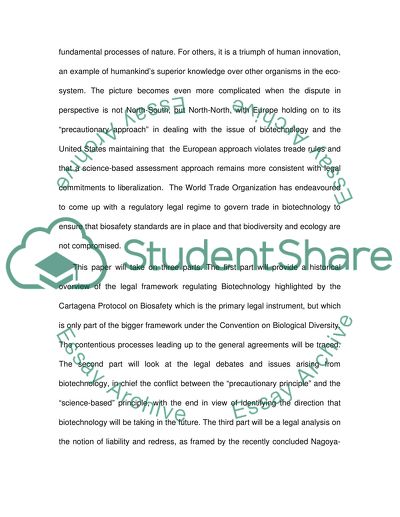Cite this document
(“Biotechnology and the Environment: Navigating the Uneasy Tensions of Essay”, n.d.)
Retrieved de https://studentshare.org/law/1391343-biotechnology-and-the-environment-navigating-the-uneasy-tensions-of-wto-mandated-trade-and-environmental-protection
Retrieved de https://studentshare.org/law/1391343-biotechnology-and-the-environment-navigating-the-uneasy-tensions-of-wto-mandated-trade-and-environmental-protection
(Biotechnology and the Environment: Navigating the Uneasy Tensions of Essay)
https://studentshare.org/law/1391343-biotechnology-and-the-environment-navigating-the-uneasy-tensions-of-wto-mandated-trade-and-environmental-protection.
https://studentshare.org/law/1391343-biotechnology-and-the-environment-navigating-the-uneasy-tensions-of-wto-mandated-trade-and-environmental-protection.
“Biotechnology and the Environment: Navigating the Uneasy Tensions of Essay”, n.d. https://studentshare.org/law/1391343-biotechnology-and-the-environment-navigating-the-uneasy-tensions-of-wto-mandated-trade-and-environmental-protection.


